Lichens A Symbiotic Community

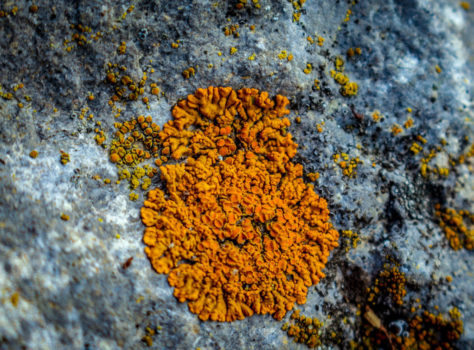
Lichen Outcomes
-
List and classify the types of organisms that make up a lichen community.
-
Describe the roles of the mycosymbiont and photosymbionts.
-
Identify three different growth forms of lichens.
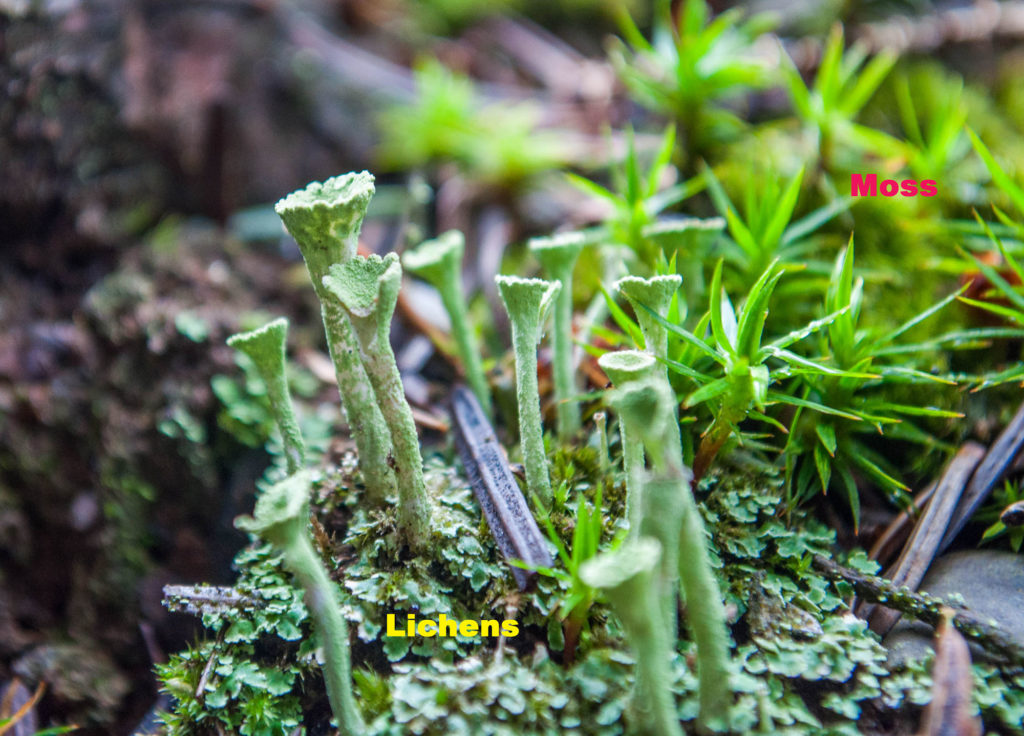
Lichens are often confused with moss, probably because both can be found on branches of trees.
Moss are plants (Domain Eukaryota, Kingdom Plantae). Lichens are a community of different species: a fungus (Domain Eukaryota, Kingdom Fungi) with one or more microscopic species living inside of them.

Lichens are a symbiotic community.
A community refers to different species interacting together. Symbiosis indicates this is a close association, in fact smaller algae and cyanobacteria live inside the larger fungus.

The fungus in a lichen is the mycosymbiont (myco- means fungus) and it provides protection, a moist environment, and access to some nutrients.
The algae and/or cyanobacteria inside the fungus are the photosymbionts. They carry out photosynthesis and make some of the product available to the fungus.
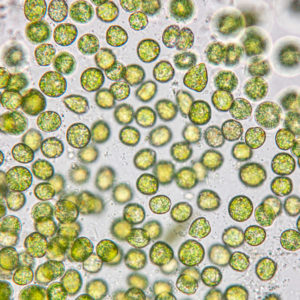
Algae
400x Single-celled photosynthetic protists that live in water. The fungus provides a moist, nutrient-rich environment.
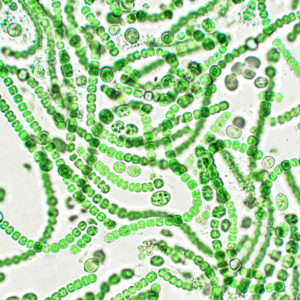
Cyanobacteria
600x
Single-celled even thought they look like a string of pearls. These are photosynthetic bacteria that are also typically found in water,
Moss is on the left; lichens are on the right
Three Common Lichen Growth Forms
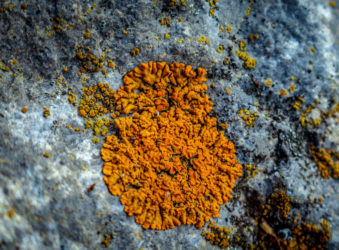
Crustose
Flat and \”crusty,\” these can grow on rocks, bricks, even on abandoned cars.
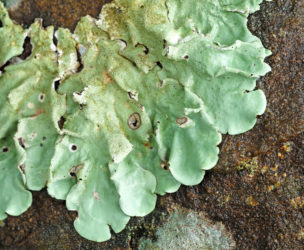
Foliose
Leafy is appearance. There are several foliose species around the OSU Corvallis campus.
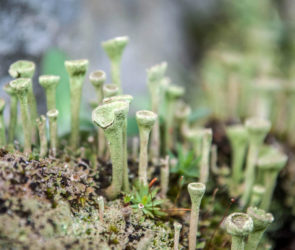
Fruticose
More three-dimensional, often with a cup or vase-like appearance.
This video summarizes the basic characteristics of lichens in a field setting.
You can select the closed captioning \”cc\” option if you would like to see the text.
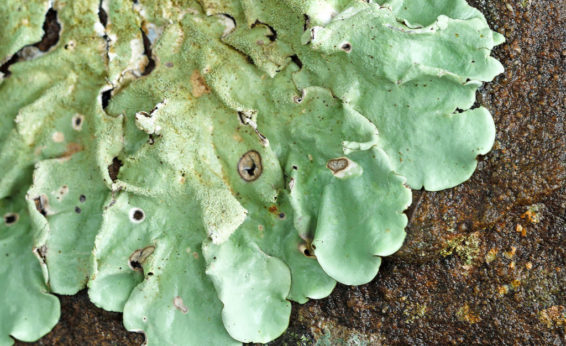
Check your knowledge. Can you:
-
list and classify the types of organisms that make up a lichen community?
-
describe the roles of the mycosymbiont and photosymbionts?
-
identify three different growth forms of lichens?